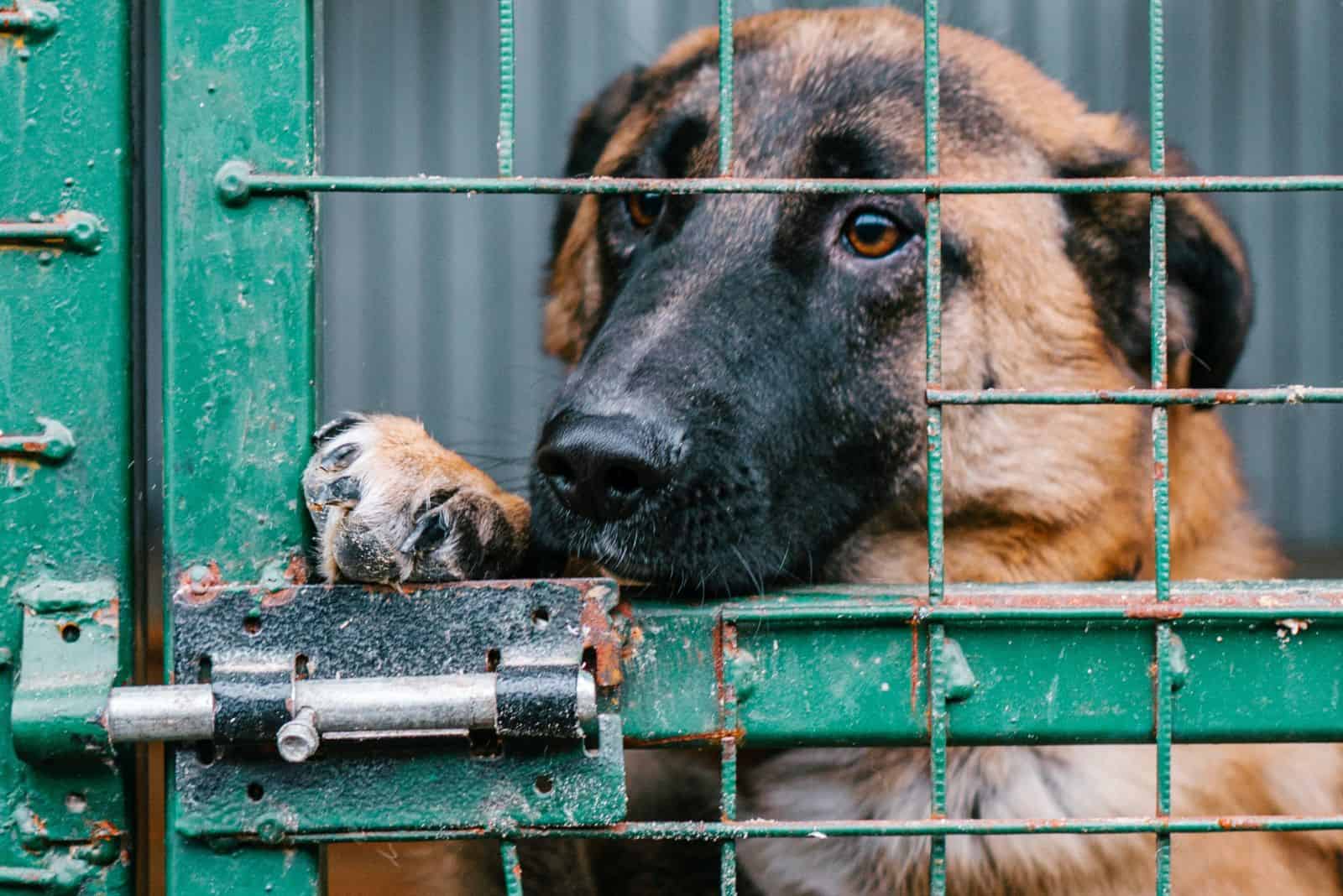Getting a new dog, especially your first dog, is a tough call. And, if you’re an inexperienced dog enthusiast on top of all that – the choice can be full of misconceptions and prejudices.
Usually, when someone decides to get a dog, they think of things such as breed, gender, coat color, coat length, and age. Many people will be happy to even find their ideal pet in a shelter, so they can rescue one, too.
But, what about those who believe that shelters are basically dog prisons for problematic pooches? Or, those who avoid shelters just because “there’s not one single purebred in them”?
All of these and many others are just myths that have nothing to do with the kind of dog you’re getting once you decide to adopt. For that matter, here are nine most common myths about rescue dogs that are wrong on every level!
#1 Shelter Dogs Are Not Healthy

How many times have you heard that shelter dogs are basically unhealthy dogs with only months or days left to live?
Well, let me tell you one thing – shelter dogs are not unhealthy dogs! Most rescue organizations that belong to the AKC network are certified dog shelters that provide deep care for their dogs.
One of the first steps of admitting a dog into a shelter is to subject it to a veterinarian exam. Once the rescue staff confirms the overall condition of the dog, the process continues.
Stray or abandoned dogs that deal with some health issues are treated and nurtured before they can be up for adoption.
Some rescue organizations have the practice of linking their dogs with a foster for a few months. Most of the time, fosters are certified dog trainers or behaviorists who spend some time with shelter dogs and prepare them for a future home.
So, thinking that getting a dog from a shelter is bad just because they’re not as healthy as bred dogs is one-hundred percent a myth.
#2 Shelters Are All About Dogs With Traumas

I agree – fears and phobias in dogs are a very serious issue. But, thinking that a dog has them just because it’s in a shelter has nothing to do with the truth.
According to Wells and Hepper1, “time in a shelter has no adverse effect on dogs’ behavior”.
In fact, dogs rescued from the street and taken to a dog shelter happen to have a better chance of socialization as they’re in constant interaction with humans.
Fears and phobias are not imposed by shelter life, but by improper parenting methods.
There’s now a plethora of traumatized dogs that end up as shelter animals just because their owner gives them up due to bad behavior, not knowing that this exact behavior derives from traumas due to bad parenting.
#3 They Have Behavioral Issues
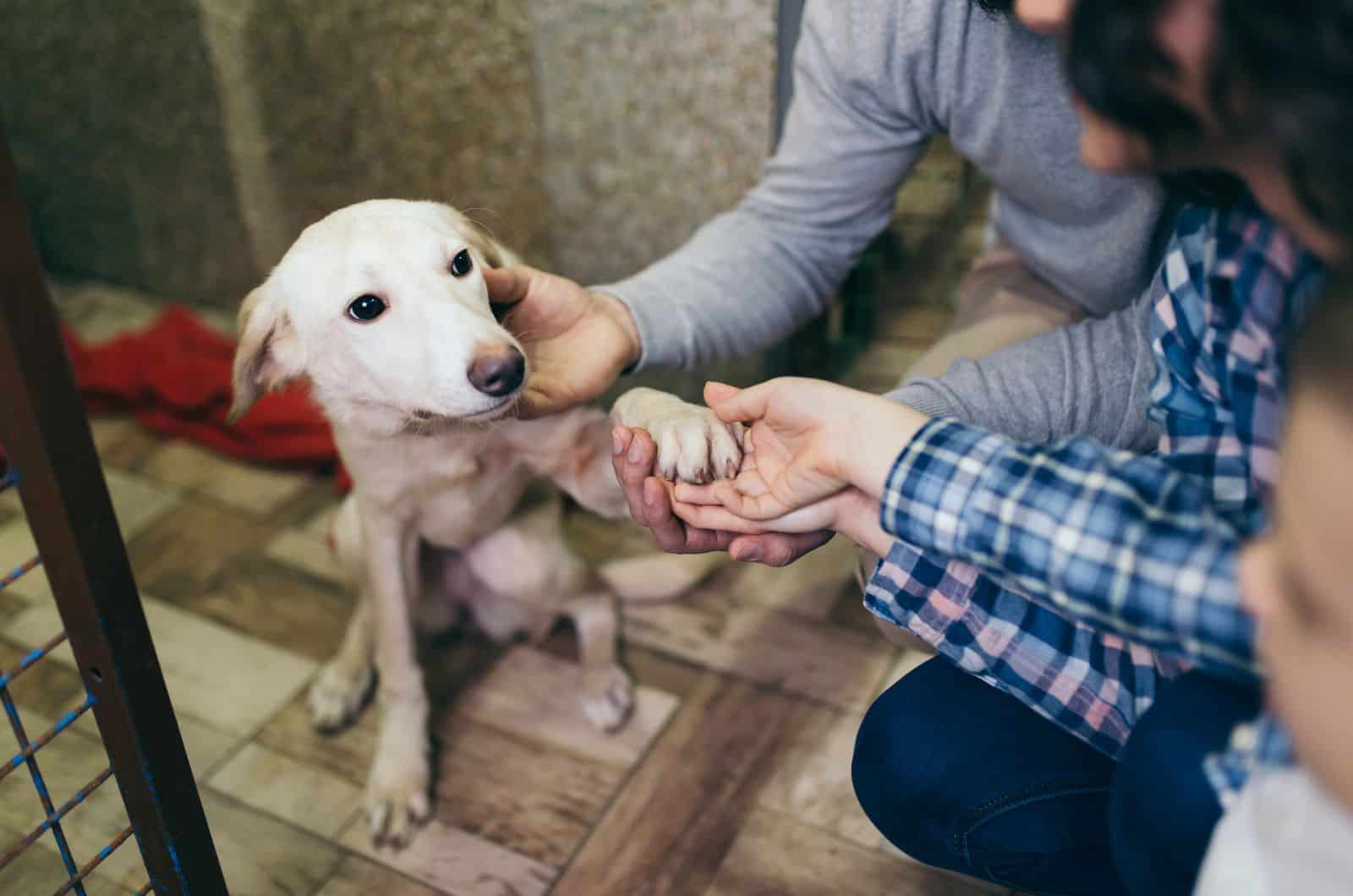
Some behavioral issues in dogs, such as barking at nothing or being restless at night, have nothing to do with the fact that they come from rescues.
Just like all other healthy dogs, rescue dogs are the perfect balance of physical and mental. None of them is treated differently in particular nor do they go through some sort of torture by people who work there.
Dog behavior usually derives from two things – genetics and parenting.
Some quirky dog behaviors, such as excessive barking or being hyperactive are breed-related. You can always expect a German Shepherd to be way more vocal and active than a miniature Poodle, and a Pug to be more clingy than a Greyhound.
On the other hand, dogs that exhibit self-destructive, jealous, overly aggressive, or anxious behavior are, in ninety-nine percent of the cases, neglected by their owner.
#4 There Are Absolutely No Purebreds In Shelters
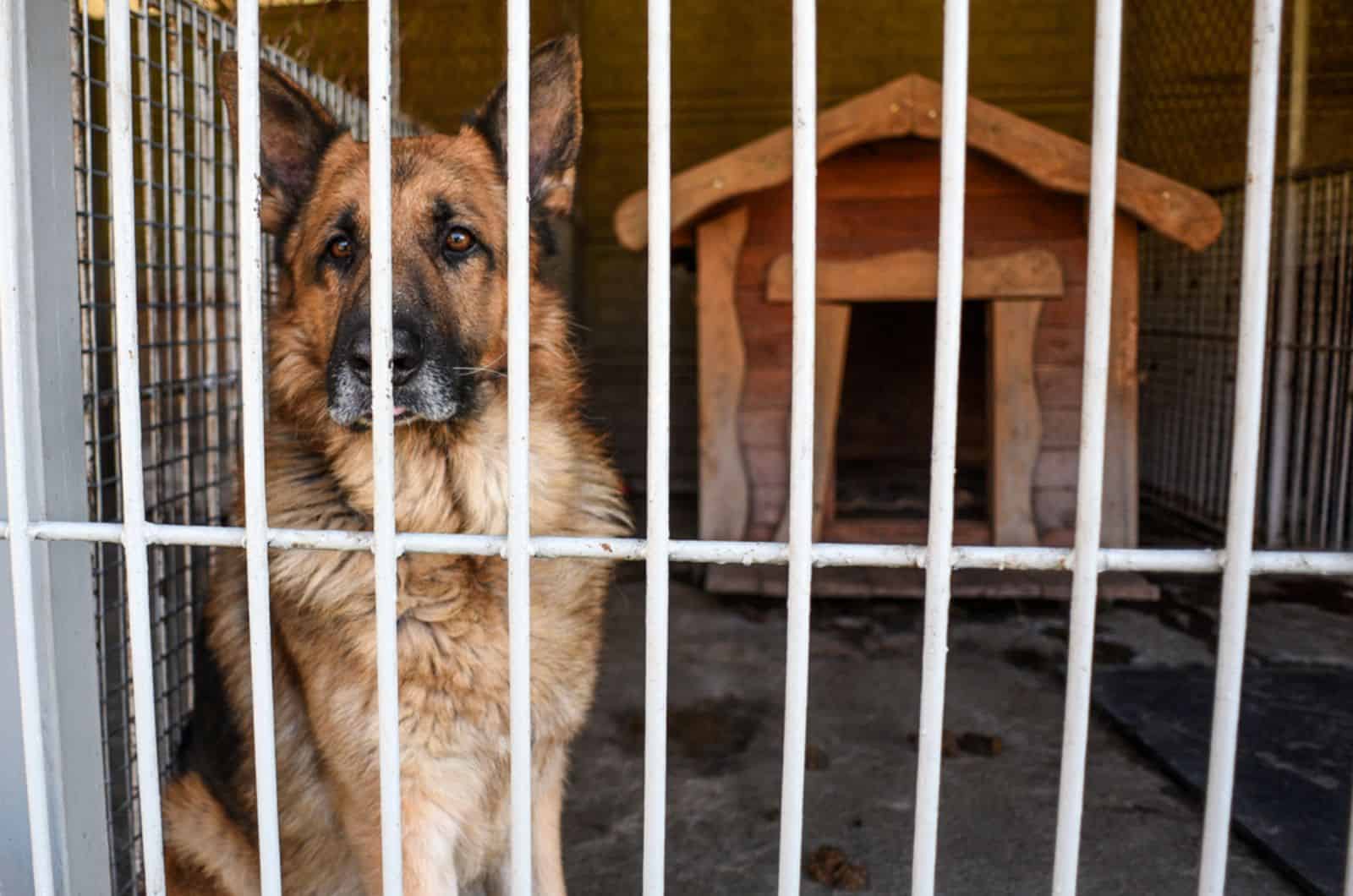
While it is absolutely normal for mixed stray dogs to be the majority in dog shelters (due to unintentional and unsupervised crossbreeding), saying that there are no purebred dogs is nonsense.
Lebeau2 says that 25% of shelter dogs are actually pure breeds. While seventy-five percent of dogs are what we know as “mutts”, the rest of them happen to be full-blooded dogs.
The reason why this number is high is the fact that not only are stray dogs raised and kept in shelters, but there is a significant number of so-called “unwanted dogs” left by their first family in shelters all over the United States.
Many owners, due to different reasons and life circumstances, decide to leave their pets in shelters despite the fact that they paid a good amount of money for them. While some return for their pooches after a certain period of time, the majority of them never come back, creating “unwanted dogs.”
#5 Training A Shelter Dog Is Impossible

Just like all other dogs – shelter dogs are trainable.
Even though training an adult dog is not as easy as training a puppy, Kutsumi et al3 claim that adult dogs that go through proper dog education have a better response to socialization, separation, and commands… and in this regard – shelter dogs are no exception.
Trainability of a dog needs to be perceived from several different perspectives – the owner’s experience, the dog’s intelligence quotient, and its training habits.
Owners who have extensive experience in owning a dog are much more likely to train their dogs better than first-time owners.
On the other hand, training a breed that is naturally known as more intelligent is far easier than training a naturally stubborn breed. Lastly, how much you train a dog on a weekly basis adds to the overall trainability and command following of a dog.
#6 Adopted Dogs Are Dangerous
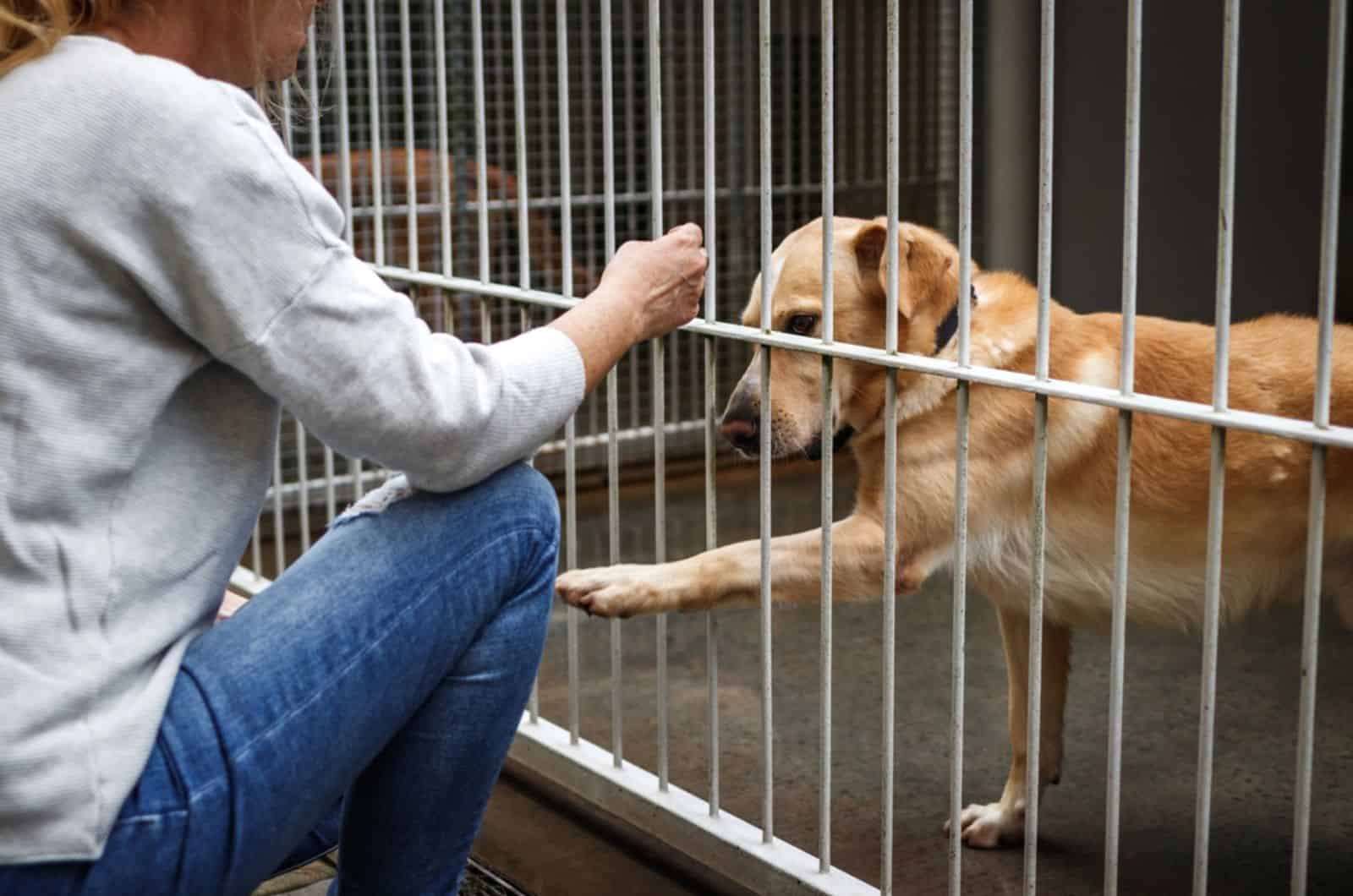
While some adopted dogs may have trust issues due to a bad previous experience, them being dangerous by default is far from the truth. Sure, some dogs are naturally aggressive due to their genetics, but hostile behavior in a dog never comes alone.
A dog becomes dangerous for its environment after months or even years of bad parenting and neglect. Separation anxiety, teaching a dog manners by hitting or yelling at him, or encouraging bad behavior are all the things related to improper care and parenting.
Shelter puppies, on the other hand, are usually socialized through foster programs and daily interaction with shelter staff. They’re not being encouraged to be aggressive nor are they forwarded to a future family without previous care.
#7 A Pedigree And Papers Equal A Good Pet

While a dog’s affection can be a matter of breed, the best family dog category is never linked to a dog’s pedigree or AKC registration papers, but to a dog’s overall behavior and gained habits around a family.
Just because you have an AKC-registered dog doesn’t magically mean that your dog will be a good pet. Quite the opposite – all canines require hard work and commitment in order to become decent family members. That equally applies to pure breeds and shelter dogs.
So, if you’re afraid that your shelter puppy won’t be a good family dog just because it is a shelter boy – be at ease!
#8 Shelter Dogs Are Hard To Socialize
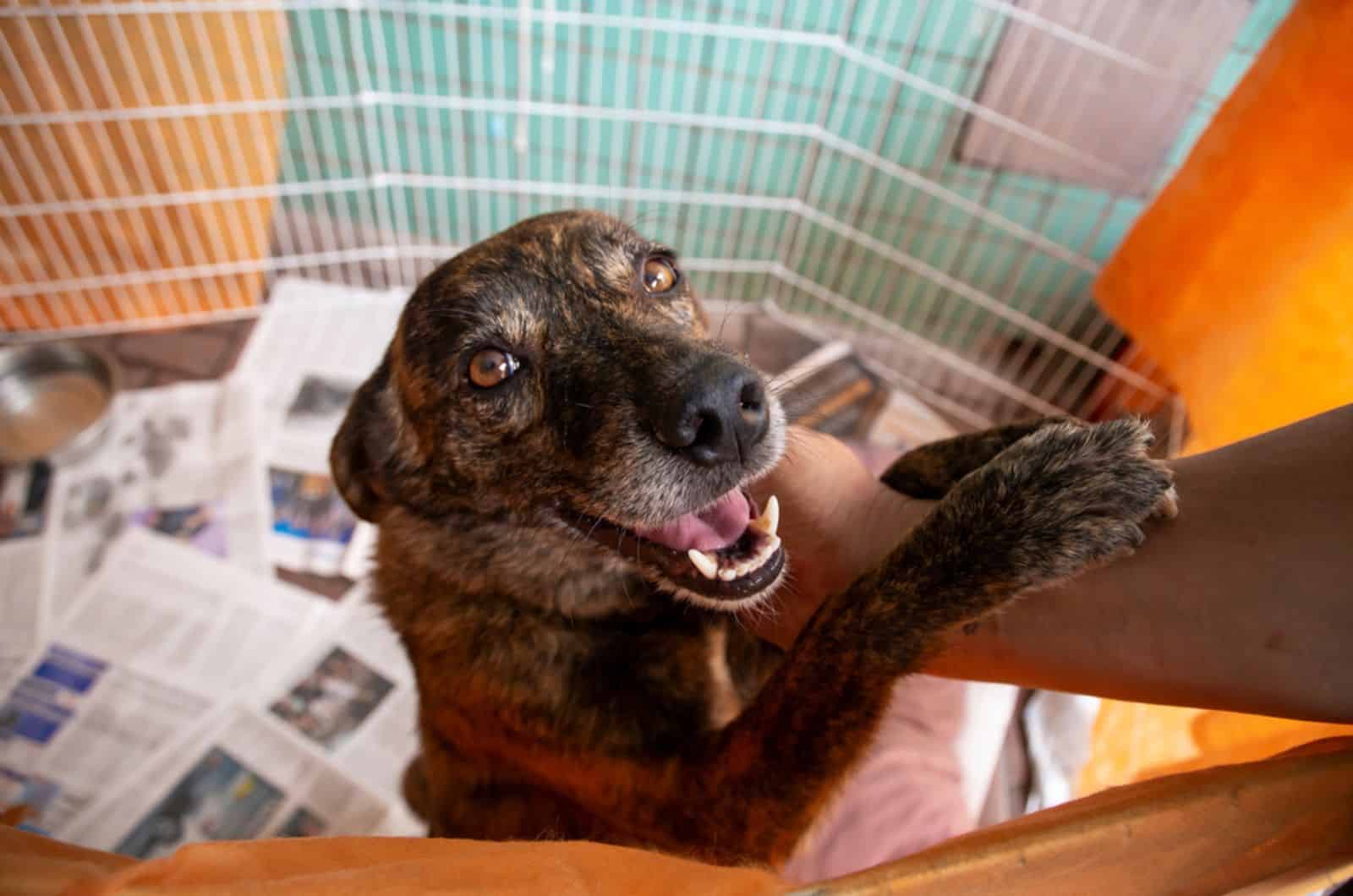
As I have already mentioned above, dogs that live in shelters are much more likely to display natural socialization than street dogs. The reason is their constant interaction with shelter staff who feed them, play with them, and pet them.
That being said, it is much safer to adopt a dog from a dog shelter than from a shady puppy mill or an uncertified kennel because you risk getting an unreliable dog that might suffer from some health or behavioral issues.
Also, socializing an aggressive dog you get from an unreliable breeder is a lot harder than adapting a shelter dog to a new home and a new circle of people.
#9 All Dogs In Shelters Are Old
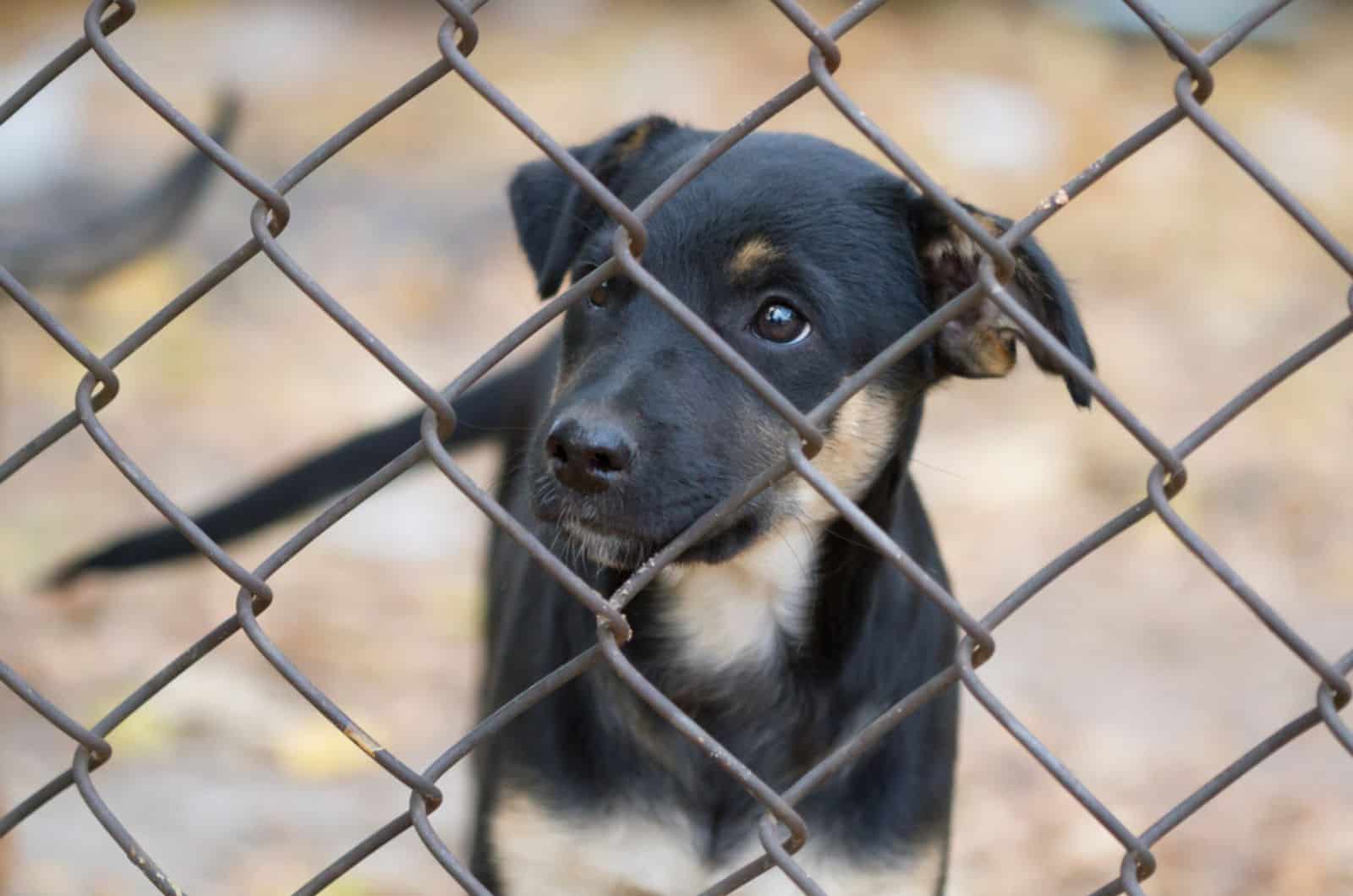
The report by the CVMBS shows that almost fifty percent of rescue dogs are between five months and three years old. On the other hand, a very small number of rescue canines are above the age of eight.
This raw data breaks down the stereotype that most shelter dogs are “just too old to be brought home.”
If you’re worried that you won’t be able to find a puppy for yourself in a shelter – don’t worry… you will even be able to choose between many.
To Sum Up
All of these myths that I have listed in this article represent a constant barrier between a potential dog owner and shelter dogs. Shelter canines are often misrepresented as wild, unreliable, or of suspicious health and origin, and they’re often put in the same category as stray dogs.
The other side of the coin, though, is that they are far from being all that. They just don’t have as powerful of media representation as dogs born, bred, and raised in popular kennels.
Read more: Abandoned Puppy With Missing Leg Skin Gets Rescued And Healed
References:
[1] Wells, D., and Hepper, P.G. (2023). The Behaviour of Dogs in a Rescue Shelter. Cambridge University Press.
[2] Lebeau, D. (2014). Adopting a purebred dog from a shelter. Best Friends. Retrieved from https://bestfriends.org/stories/features/adopting-purebred-dog-shelter
[3] Kutsumi, A., Nagasawa, M., Ohta, M., and Ohtani, N. (2013). Importance of Puppy Training for Future Behavior of the Dog. Journal of Veterinary Medical Science. DOI
